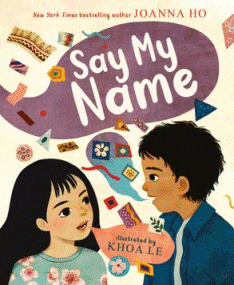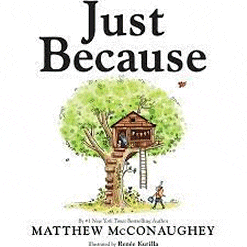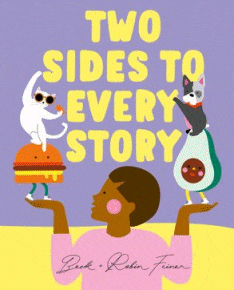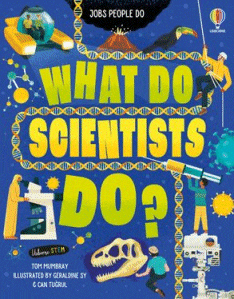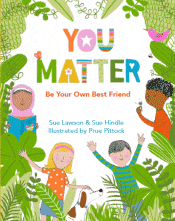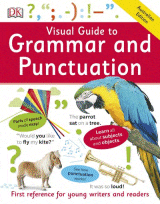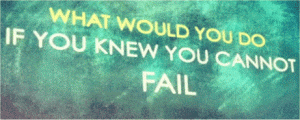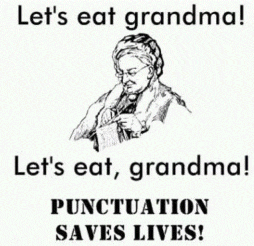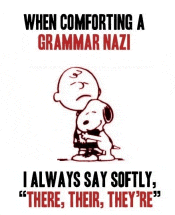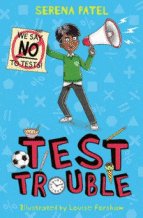
Test Trouble
Test Trouble
Serena Patel
Louise Forshaw
Barrington Stoke, 2024
88pp., pbk., RRP $A17.99
9781800902756
When his teacher announces that there will be a timed maths test the following Monday, Arun goes into meltdown. Even though he is bright and attentive, tests, especially timed ones, make him feel extremely anxious as he feels the pressure to perform. And so he is determined to get out of it by any means possible staging a protest about tests altogether (which only gets him into more trouble) and even pretending to be sick. But then a conversation with his neighbour helps him see things in a different light….
This is a story that nearly every reader will relate to. The anxiety that comes with the expectation of being tested, and being expected to do well, no matter how often teachers and other adults try to reassure you that it is “just a test” to let them know how you’re coping and that they can know where you need support. The fact is that the fear of not living up to expectations, particularly your own, can become bigger than the test itself and that is what distorts the results, not your lack of knowledge and understanding.
But even though we, as teachers, know this and that there are better ways of assessing a student’s progress and program, boffins wanting to protect their positions insist on imposing tests to measure achievement as though a score on a paper on a particular day indicates anything other than that, and using the results to make all sorts of high-stakes claims and decisions. So until there is enlightened leadership, such as the implementation of the ACT Senior Secondary Certificate, which does not require a final exam, our students are going to find themselves in Arun’s position, sadly from their Kindergarten year. And so this is a worthwhile addition to every teacher’s toolkit, especially those who teach that middle primary area where the fear and anxiety really start to take hold, so it can be shared over and over, especially the conversation that Arun has with Mr Patel on pp48-49. Sometimes just turning up for something that we are afraid to do is the biggest achievement, and, having done that, the rest is not so hard.
This is a little book that has the potential to have the most enormous impact.
This book is from a new imprint, Barrington Stoke, that HarperCollins UK has acquired. Many will know that Barrington Stoke print all of their titles using dyslexic-friendly paper stock, formatting and fonts. Many of their books, including this one, are hi-lo texts written by popular authors but which have been edited to have a lower reading age than interest age so it’s great that they are now going to be readily available in Australia.
